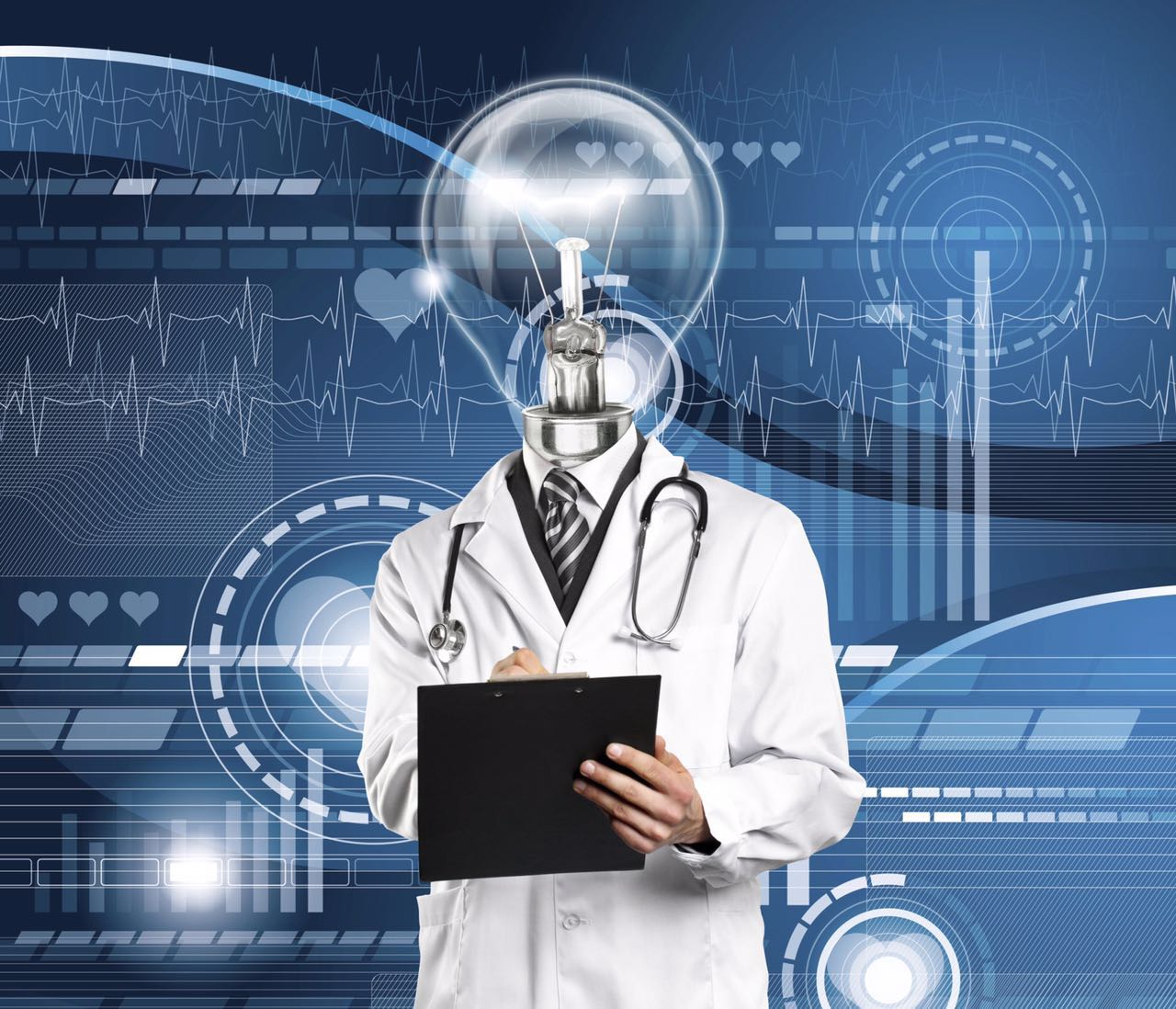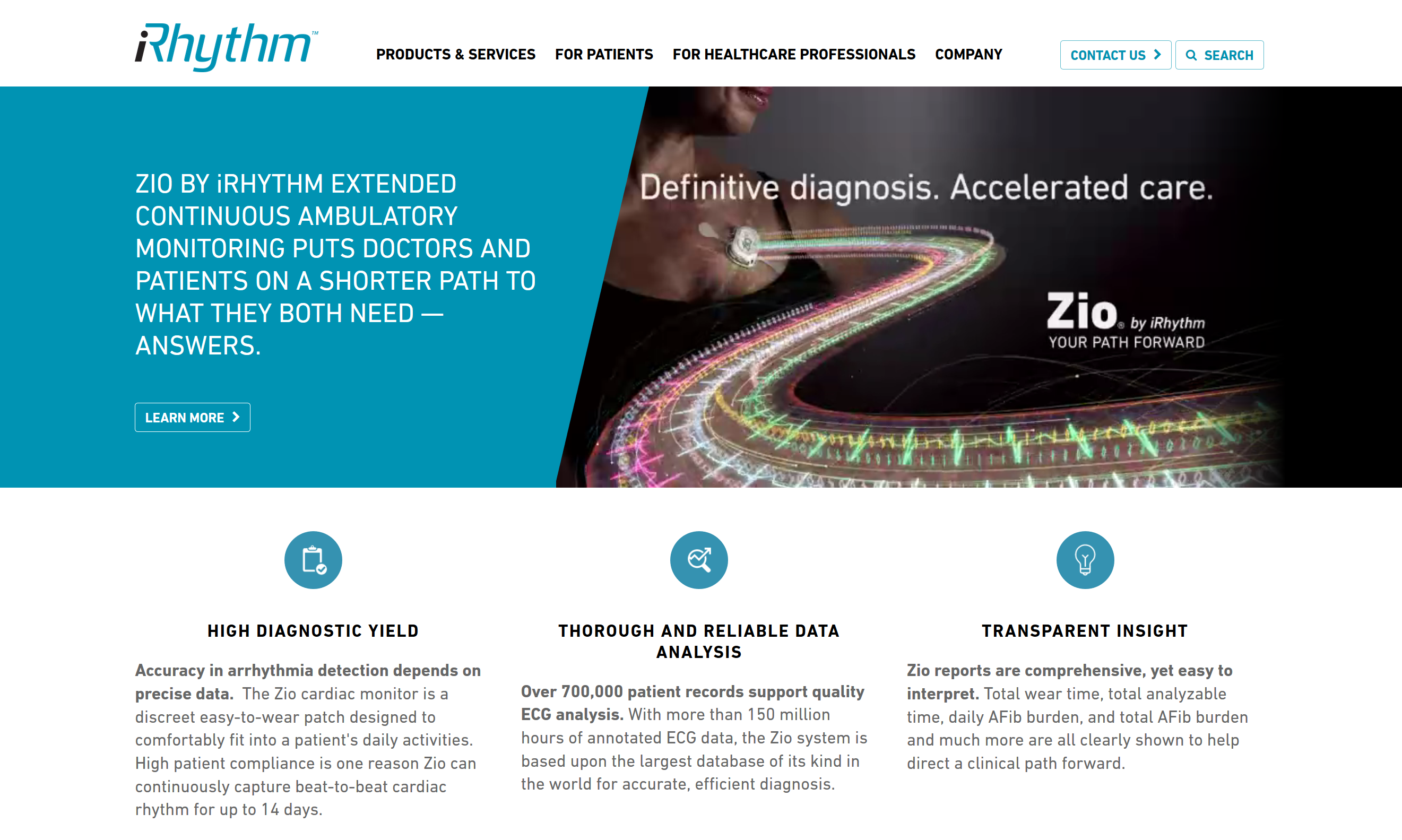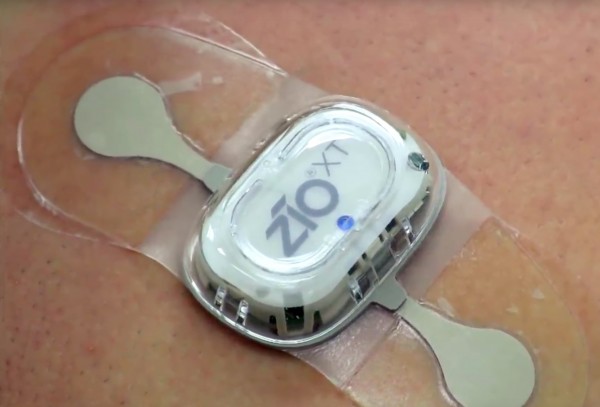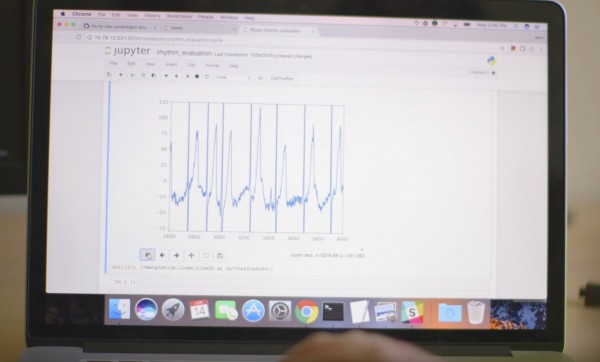(Original title: Wu Enda has the latest scientific research results: AI is ready to overthrow human doctors)

Author | Tian Shuyang
Editing | Fu Bo
Looking at lifeless computer algorithms from a biological point of view is not far behind us on the day that the lives of people are saved in a crisis.
But the premise is that doctors and patients are willing to accept and believe that the cold machine made the decision.
Recently, a group of Stanford researchers led by Dr. Wu Enda developed a new machine learning model to determine whether patients have irregular heartbeats through electrocardiograms. The effect has even exceeded that of human experts.
This new method of automating diagnosis is of great importance to everyday medical treatment and helps people to make better judgments about the symptoms of arrhythmias that may even be fatal and prevent them from occurring. In addition, it can also provide good medical care in areas where medical resources are scarce.

Dr. Wu Enda’s new achievement is the latest sign that machine learning is beginning to subvert the medical field.
In recent years, scientists have discovered that by analyzing medical images, machine learning plays a valuable role in the treatment of many intractable diseases, such as breast cancer, skin cancer, and ophthalmic diseases.
"I am very pleased to see that people can change their minds so quickly and accept the fact that deep learning can make more accurate diagnoses than professional physicians in certain vertical medical fields."
Wu Enda said in an e-mail. In addition, he added that it is very exciting to see that researchers have started to develop medical AI applications in new areas other than image data represented by electrocardiograms.
After leaving Baidu in March of this year, Dr. Wu Enda has returned to Stanford to continue his academic research.
Stanford University’s research team trained a machine learning algorithm to identify irregular heartbeats in ECG data. Part of the arrhythmia can lead to many serious health problems including sudden cardiac arrest. However, these signals are often difficult to capture. Patients have to wear ECG monitors for several weeks to ensure safety.
The important and pitiful thing is that due to the nature of irregular heartbeats, doctors with superior skills are often difficult to judge in benign and malignant heart rate instability.

The research team collaborated with iRhythm, a maker of portable ECG equipment, to collect 30,000 ECG data for 30 seconds from patients with various arrhythmias.

Portable ECG equipment for collecting data
In order to assess the accuracy of the algorithm, the team also invited five cardiovascular experts with different backgrounds to allow them and AI to judge 300 untested data. Scientists took the results of three experts as a reference.
Deep learning includes the process of filling large amounts of data into a large and complex artificial neural network, and constantly modifying the optimization parameters until the problematic ECG signal can be accurately identified.
This method has developed very well in the process of identifying complex pictures and audio, leading to the emergence of speech recognition and image recognition products that perform better than humans. From this point of view, the transfer of deep learning technology to the identification of medical images seems natural again.
Eric Horvitz, who is also a Microsoft search executive, a professional physician, and a machine learning expert, mentioned that two other teams from MIT and the University of Michigan are also specializing in the use of machine learning to diagnose arrhythmias. .
If we look farther into the future, machine learning by analyzing and judging a large number of irrelevant data to search for clues to various diseases is also an imaginative thing.
Diagnosing arrhythmias with deep learning is still a relatively simple application in AI's medical field. If we look at other relatively more complex diseases, we will see very different situations; more importantly, we need more. The issue was taken into consideration.
In the above mentioned project on the use of artificial intelligence in cancer diagnosis, MIT professor Regina Barzilay, who led the team, found that the important problem that hampers medical AI is the lack of excellent disease data.
“You are always looking anxiously for information, especially data,†she said. “Should I use this medicine or another?†“Is this the best treatment?†“What is the probability of a relapse?†......
Without reliable clinical data, the diagnosis you choose will only remain in the purely guessing phase.

Stanford researchers are conducting training on algorithms
However, unlike applications such as image and speech recognition, which are relatively easy and close to life, in the application of medical and health, which may be life and death, the challenge of using AI is to obtain the trust of doctors and patients.
For non-AI experts, these algorithms can easily appear profound and obscure; sometimes even artificial intelligence experts who lead the project can't fully grasp the algorithm's operating mechanism. And specifically to deep learning, it is even more difficult to understand in the whole machine learning branch.
How to make doctors and patients believe that these ice-cold computers with complex mechanisms can make the most favorable judgment for their health will be a major challenge for AI practitioners.
Despite this, Wu Enda still firmly believes that the great revolution in the medical field will soon come.
Shenzhen Xcool Vapor Technology Co.,Ltd , https://www.szxcoolvape.com